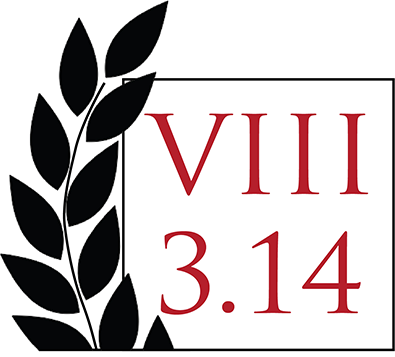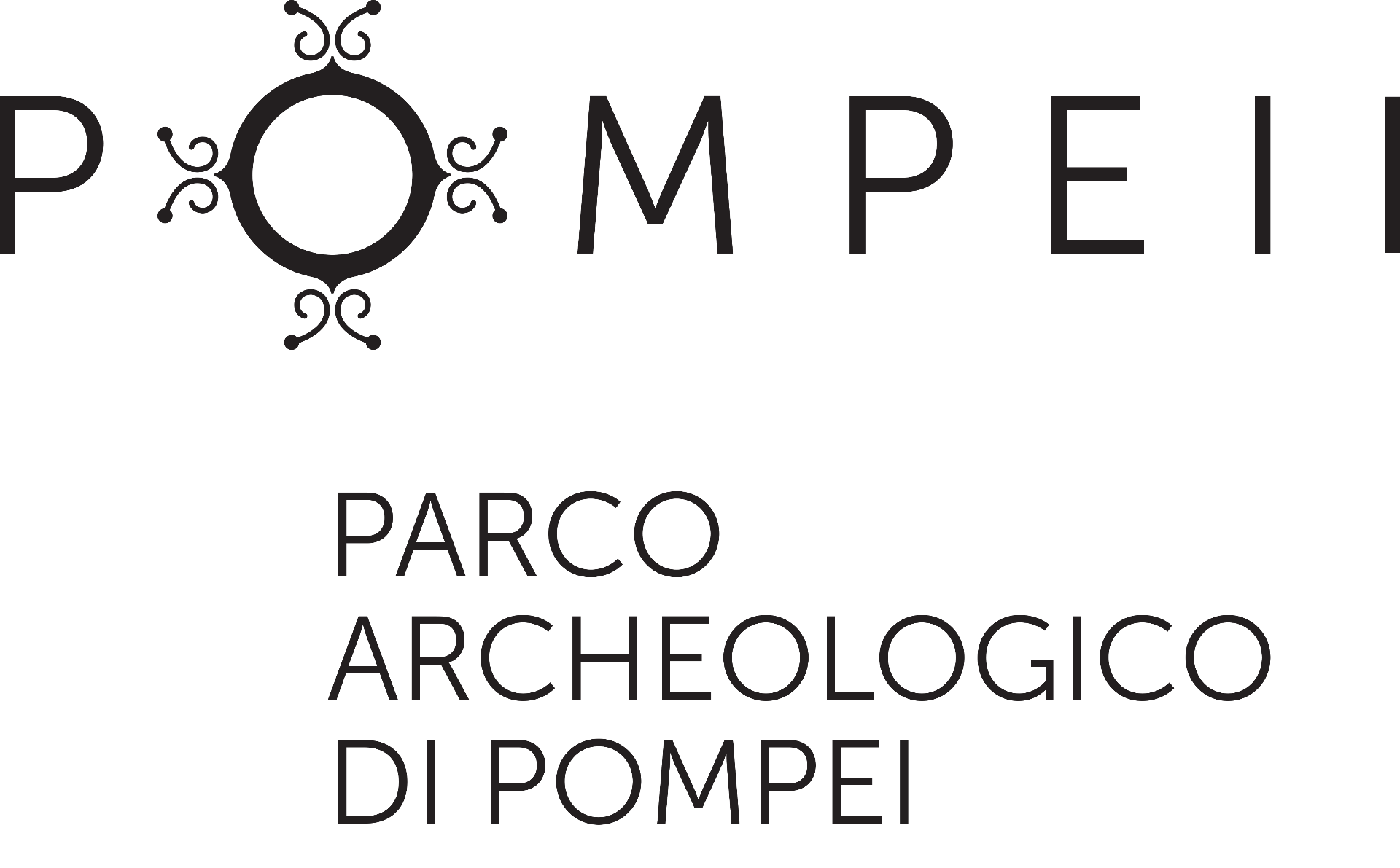Challenging Assumptions about Domestic Space, Agency, and Historical Change
Through a multidisciplinary study of household activities over time at the Casa della Regina Carolina, we seek to understand the role that domestic material culture played in the social, political, and cultural changes that followed Pompeii’s incorporation into the Roman empire. In so doing, we place Roman archaeology in dialogue with recent theoretical and comparative research on households, dwelling, and daily practice. Despite increasing scholarly attention to Greek and Roman households in the 21st century, old assumptions still predominate concerning the location of agency, innovation, and historical change. Traditional historical accounts represent the Classical household – insofar as they represent it at all – as an essentially passive entity, affected by important events rather than affecting them. The real action is attributed instead to spheres such as the court, the battlefield, the temple, et cetera: these are the contexts where “serious” history is imagined to happen. Traditional narratives thus present domestic developments as simply reactions to events that “really” occurred somewhere else.
However, a close look at Pompeian domestic assemblages reveals the power of the everyday: the critical role of quotidian experiences, objects, and images in shaping the lives of the people who live with them. Recent research has questioned older attempts to explain early Imperial domestic developments – for example, the introduction of new painting styles, or the increasing popularity of certain foreign imports in household contexts – as simply responses to the political regimes of emperors such as Augustus.
The traditional periodization of Pompeii, and of Roman history more broadly, has been constructed around political and military events. One such event is the Roman general Sulla’s military conquest of Pompeii in 89 BCE, during the so-called Social War between Rome and its Italian allies. Before this point, Pompeii was inhabited and governed by the Samnites, an Oscan-speaking Italian ethnic group. After 89 BCE, however, Pompeii ceased to be independent from Rome: the city became a Roman colony, and a number of Roman veterans settled in the town. Another event central to the periodization of Roman history more generally is the transition from Republic to Empire, traditionally dated to the first emperor Augustus’ acceptance of extraordinary honors in 27 BCE. Standard narratives of domestic change in Pompeii take these political and military developments as their starting point, as when, for example, scholars have sought to explain new wall painting styles as responses to the influx of Roman military settlers or the traditionalist morals promoted by Augustus. However, such accounts reduce domestic life and material culture to passive responses to the political and military events of “real” history, rendering historical change as an exclusively top-down process.
In fact, there is much reason to doubt such reductionist readings of household material culture. Recent research has questioned older attempts to explain early Imperial domestic developments – for example, the introduction of new painting styles, or the increasing popularity of certain foreign imports in household contexts – as simply responses to Augustus’ political regime. The long-term effects of the Social War on domestic experiences and identities at Pompeii may also be overstated. Campanian local identities did not necessarily disappear after the Social War, after which point the population of Pompeii continued to include old Samnite families alongside Roman colonists and immigrants of various origins and social statuses. The cultural and ethnic origins of specific house owners in 79 CE are seldom transparent, and evidence for conflict between colonist families and Samnite families is limited. Rather than disappearing, old Pompeian elite families of Samnite origins maintained high social status and roles in local administration, while also adopting “Roman” fashions. Imperial and local identities were thus complementary rather than oppositional, and the members of Pompeii’s diverse population would have navigated a sea of potential cultural, ethnic, political, legal, and linguistic identities ranging from local to pan-Mediterranean.
Accordingly, the present project seeks to investigate the relationships between domestic material culture, social performance, and historical change. In what ways did the material culture of the household respond to, or comment on, recent social and political developments? Alternatively (or simultaneously), in what ways might the material culture of Roman households have affectedsocial and political developments in larger regional, national, or imperial arenas?
Because its first occupation phase may date to the Samnite period and its final occupation phase dates to the Roman imperial period, the Casa della Regina Carolina provides a valuable opportunity to reexamine questions of continuity and change over time in domestic contexts at Pompeii. Additionally, the excellent preservation conditions at Pompeii have produced incredibly fine-grained comparative data from the rest of the site. Such comparanda help us take a multiscalar perspective on household behavior: how exactly did activities at this house relate to the surrounding neighborhood, the larger Pompeian community, the broader Campanian region, and ultimately the full expanse of the Roman Empire? By situating the finds from the Casa della Regina Carolina in this broader context, we seek to reconsider traditional narratives about the role of the household and domestic material culture within Roman society.
Activity, Agency, and Performance in the Roman Garden
Additionally, the garden of the house’s last phase provides opportunities to investigate another set of questions. In what ways does the material culture of Roman gardens create both possibilities and constraints for the types of behaviors, opinions, and social performances that were possible in these spaces? Much recent art-historical and literary research interprets Roman gardens as a form of transitional or liminal space, mediating between the household and the wider world outside. As artificial “landscapes” within the home, gardens were simultaneously domestic space and yet also evocative of vistas beyond the household. Scholars working on artistic and literary sources have thus emphasized the importance of gardens as places for Roman householders to representtheir world and their place within it. However, the excavation of actual gardens enables us to examine not only representation, but also performance. What kind of social, economic, and ritual activities actually took place in Roman domestic gardens? How did those activities provide individuals with a means to construct and perform identity, whether social, cultural, gendered, religious, or otherwise? Furthermore, beyond asking how gardens reflected ancient behaviors and attitudes, we also seek to investigate how garden space might have helped shape behavior and attitudes. The recent “material turn” in archaeological theory has emphasized that things are not just inert recipients of human agency; the material world also plays an active role in shaping human behavior, cognition, and culture.
As a large (1069 m²) and well-appointed house, the Casa della Regina Carolina furnished numerous opportunities for social display. Marble architectural revetments are still visible in situ today, and old excavation records attest to marble sculpture in the garden. The garden also furnishes evidence for ritual activity, including two aedicular shrines, an altar, and two (now-lost) statues of divinities identified as Diana and Jupiter. The presence of these shrines suggests the potential for buried deposits of burnt offerings, such as those found elsewhere in gardens at Pompeii. Schulz’s report from 1841 refers to bronze vessels, possibly attesting to the production or consumption of food in the garden. A water basin in the southwest corner of the garden may also provide evidence of practical or economically-oriented activities, possibly connected with the irrigation of plants. Further excavation should thus help shed light on the interrelationships of economic, social, and religious activities within the household.





